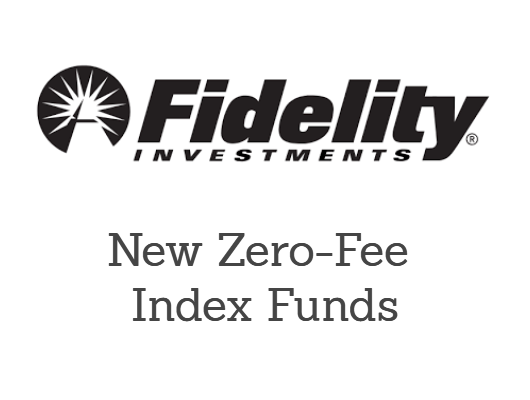Skepticism is justified given the recent run-up in shares of Target (TGT). Shares are up more than 30% over the past year, beating both the market and direct competitors such as Wal-Mart (WMT) by a fat margin.
However, a deeper dive into Target’s business shows reason to question the rise. While Target has a fine brand, a long history of growing its dividend, and runs a well-liked chain of stores, its stock price appears to have gotten well ahead of its fundamentals. Several glaring negative points dampen the company’s outlook.
First and foremost is the embarrassing fiasco that was the Canadian expansion. Target bought out Zellers, a chain of 124 existing stores largely in mediocre locations. Target rebranded the stores and analysts hoped that Target would be able to – at last – spread its powerful American brand abroad.
Instead, it ended as a $7 billion failure. Target Canada filed for creditors’ court protection – the equivalent in Canada of Chapter 11 bankruptcy and closed all its Canadian stores. Just 26 months after it arrived, Target came limping back to the states with its tail between its legs and $7 billion poorer.
To put that in perspective, Target’s whole market cap is just $50 billion. As such, the company piddled away 15 percent of its entire valuation in a disastrously-managed international expansion. Stated another way, the company wasted 4 years worth of its annual dividend payments on its Canada misstep. For yield-seeking investors who own the stock largely because it’s a Dividend Aristocrat that pays a reliable dividend, that’s a sorry waste of funds that could have gone to shareholders.
Moreover, it serves as a reminder of the low ceiling on Target’s business. If they can’t cut it in Canada, they certainly aren’t going to have success in more volatile emerging markets. While Wal-Mart is out trying to conquer the globe – stores in 27 countries and counting – Target is stuck being a #2 player in its domestic market with no prospects for international expansion.
Furthermore, Target is still weighed down by the disastrous hacking scandal from 2013. In the weeks following Thanksgiving of 2013, hackers broke into Target’s database and took information on 110 million(!) Target customers. That’s more than 1 out of every 3 Americans. The hackers got access to names, addresses, phone numbers, and e-mail addresses.
Target’s same-store sales dropped significantly following the scandal, and for obvious reasons, customers continue to be wary of shopping through Target’s online website. As of December 2014, only 37% of Americans had visited Target’s website or a physical store in the preceding month, down sharply from 53% in 2007.
Over the past decade, the company’s net income margin has fallen by more than half, dropping from 4.5% to 2%. That means the company is only earning a net profit of 2 cents on every dollar of product it sells, whereas it used to pocket almost a nickel. Similarly, the company’s earnings, which topped out at more than $3 billion in the early 2000s has fallen to just half that today.
Shares topped out in 2007 at $70 each before dropping during the Great Recession. Until late 2014, shares lingered well below that figure – as you’d expect with its profit margin and earnings falling.
However, optimism on the new CEO, the closure of the failed Canadian experiment, and investors’ general desire to chase higher-yielding stocks irrespective of underlying fundamentals has bolstered Target shares recently. Now they sit near their all-time high despite an eroding, or at best flat, business. I’d say it’s a pretty easy choice: Sell here and roll the profits into Wal-Mart or another such retailer whose shares have already sharply fallen from its 52-week highs.
I’d be remiss not to mention the positives, as it isn’t all bad news for Target. First up is the new “City Target” initiative. It’s getting positive feedback – particularly for the inaugural Boston location – and it may give Target a big leg-up against its biggest competitor. Wal-Mart has largely been locked out of the urban market, both due to size constraints and due to political opposition to its brand.
Target’s only serious domestic competitor, Wal-Mart, is thought to be an inferior store by most customers. Target is able to charge significantly higher prices for many of its products than Wal-Mart without hurting sales. In particular, the store is viewed as having better clothing and a much stronger pharmacy.
Still, that’s not enough to justify Target trading to all-time highs with its underlying business so weak. With its brand damaged from the enormous hacking scandal and the possibility of international growth now on ice, there’s simply not enough reasons to stay long Target. This $79 level is a good place to take profit.


